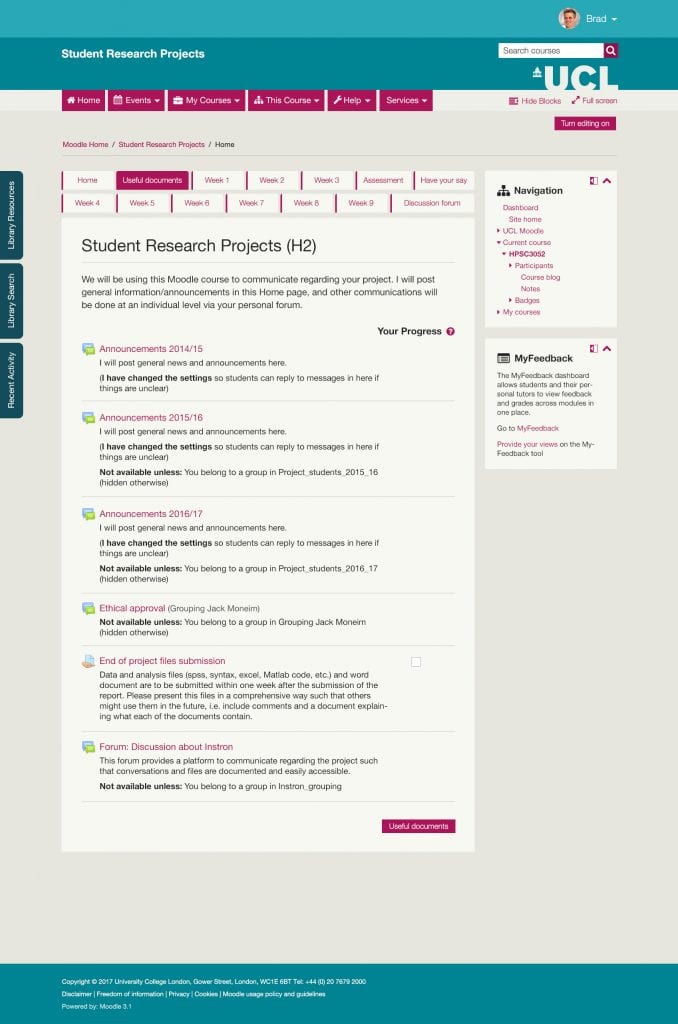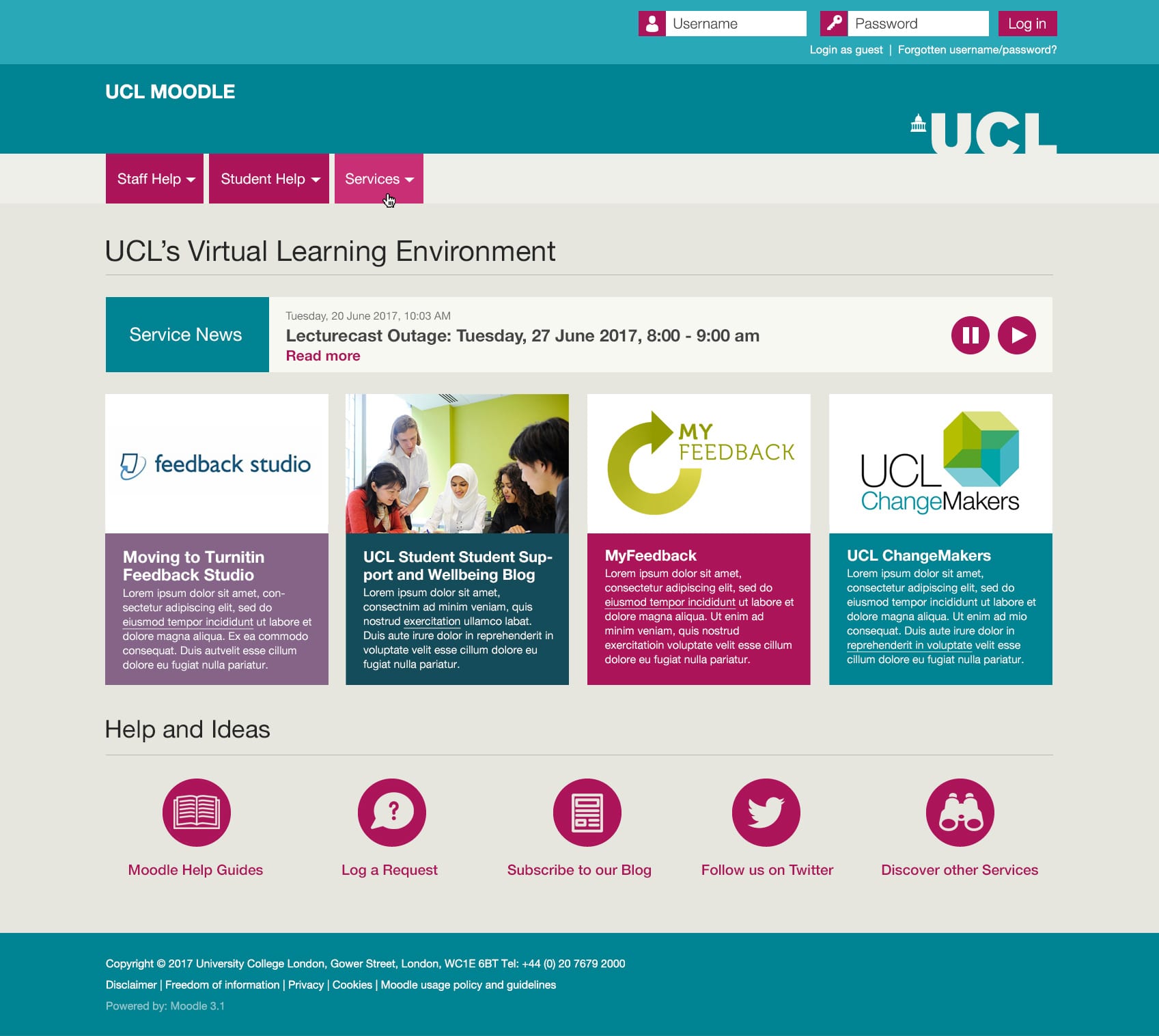Gold for Icarus – UCL School of Management Simulator Scoops First Prize
By Jessica Gramp, on 3 March 2018
Icarus – a simulation tool developed by UCL School of Management academics – has won 1st prize in the ‘Best use of simulations or virtual environments for learning’ category at the 2017 Learning Technologies Awards.
Lynsie Chew, Programme Director (MSc Professional Accountancy), and Alan Parkinson, Deputy Director (Education), who initiated and managed the simulator, attended the awards on 29 November where they were awarded Gold 1st place in their category.
The simulator, which is used in teaching on the School’s MSc Professional Accountancy, simulates running an airport, with users able to control a wide-range of aspects including variables such as the number of runways and the rent charged on retail units.
Icarus was one of six simulators shortlisted at the 2017 awards.
The UCL MSc in Professional Accountancy, in partnership with global accountancy body ACCA, is unique in its virtual availability to students located around the world.
The University approached Unicorn and LAS to design and build a complex and highly immersive simulation which would allow groups of learners from around the world to collaborate and work in teams over different time zones. This was ICARUS – a sophisticated, multi-layered, immersive and above all, realistic business simulation. The judges felt that the choice of an airport as the focus was inspired because of the wide range of businesses and services and the complexities they introduce, that contribute to its success or otherwise. Particularly impressive was the ease with which the simulation can be customised and updated with real world events as they happen and how the impact of what may appear as an isolated incident can affect different parts of the business in very different ways.
Focusing on demonstrable learner engagement and tangible outcomes required to secure the future of the programme, this project has been an unprecedented success: it boasts a 40% rise in uptake, and 95% student pass rate.
This post is an amalgamation of content from the following sites:
 Close
Close






